Repression or expression: The beauty and danger of silence
November 14, 2022
Vacuum. Echo. Empty. Hollow. Words that resonate in harmony with the silence. How to hear the unheard-of? How to give voice to the silent? These are the questions that made me delve into the power, negative and positive, of silence.
The power of silencing voices can be both positive and negative. The truth is that everything depends on the deep cause of such an act.
There are many moments when I want to hear nothingness. Listening to the silence, as paradoxical as it sounds, I give space for my anxious thoughts to rest before completely dominating me.
Being silent is much more than not making a sound. In fact, producing silence is listening to yourself with peace.
However, when the cause of silencing someone is motivated by the fear of exposing their voice and the constant anxiety of not being accepted, it can be said that this phenomenon has a significantly negative and harmful nature for the individual.
Social media, for example, represents a fertile scenario for the development of this constant fear of rejection, since, behind a machine, people lose their human sensitivity and start to label other people as right and wrong. As frightening as this may seem, this is not just a current reality.
In 1974, social psychologist Elisabeth Noelle-Neumann introduced the concept known as the “Spiral of Silence” to the academic literature. In short, this theory was based on the fact that individuals, especially within a media context, tend to follow popular opinion just so that they can be included in an acceptable group. Those, however, who do not agree with the positioning of the mass are excluded, whether inside or outside the media, coming to be seen as inadequate and despicable.
Fear as a cause of silence for many is also configured in a more profound way regarding certain social groups, such as minorities and people in situations of extreme vulnerability. Women, for example, establish themselves in this sphere of silencing for much of their history, wherever it may be.
Just the fact of late voting power and political participation, whether in developed countries or not, already represents the great stifling of the voices of those who were and still are seen as mere objects of pleasure, which at any moment can be discarded as garbage and worthless.
Unfortunately, the silencing of these voices leads to sequels of deep scars that take time to heal. The silence of minority voices induces constant repression and denial. An example that makes this even clearer is present in the movie “Luckiest Girl Alive” (2022) sponsored by Netflix.
This film tells the story of TifAni: a highly successful woman who works as an editor for a New York women’s magazine. Her life seems to be flowing according to the calculations of Ani, the name she prefers to be called, until Aaron Wickersham, director of a documentary about school shootings, destroys her entire programmed life by calling her to talk about her past at school in which there was a massacre. As a scholarship student at an elite school, flashbacks to her high school trajectory reveal crucial scenes to clarify her great fear of vocalizing her story. TifAni was raped in her first sexual relationship. The scene had no dialogue. The scene just screamed, in its silence, the pain of not being heard, even after saying “no” to the act.
In fact, oftentimes, as exemplified by “Luckiest Girl Alive,” it’s painful to be silent for too long. It’s painful to just hear the screams of your past self. Silence heals tumultuous minds, but it also silences oppressed voices.
Vacuum. Echo. Empty. Hollow. Are these the words that harmonize with your silence?















































































































































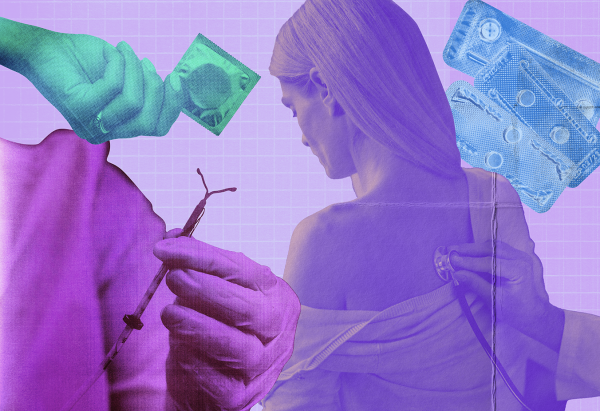

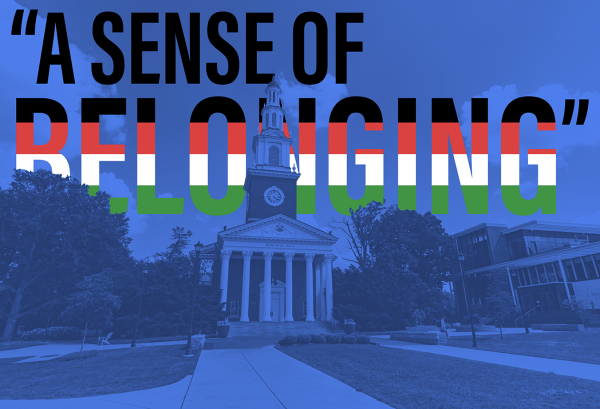
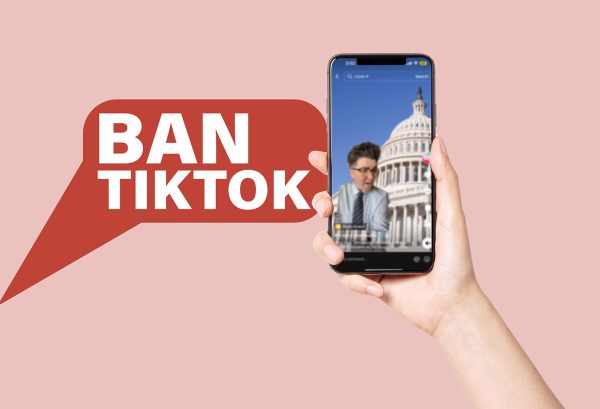
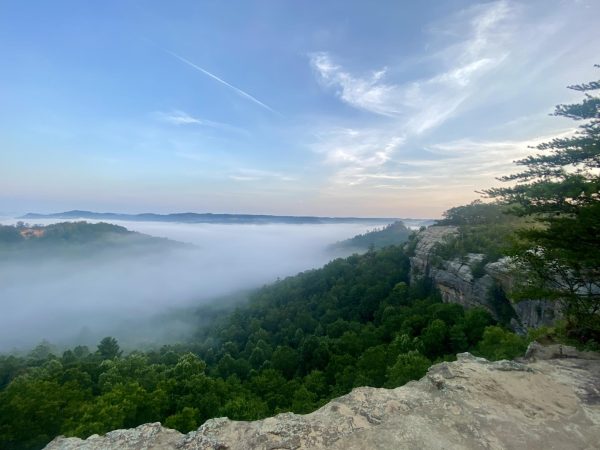


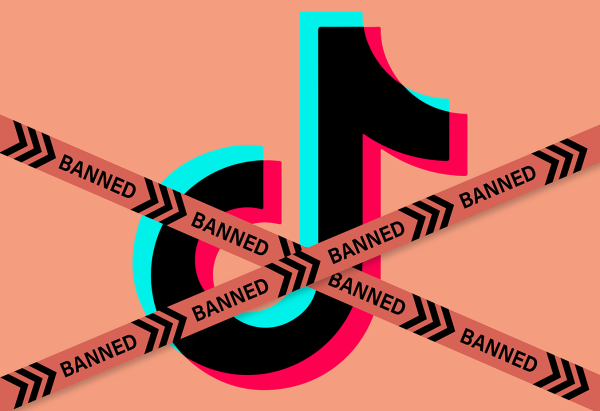

AZ • Nov 16, 2022 at 4:26 pm
Wonderful article.